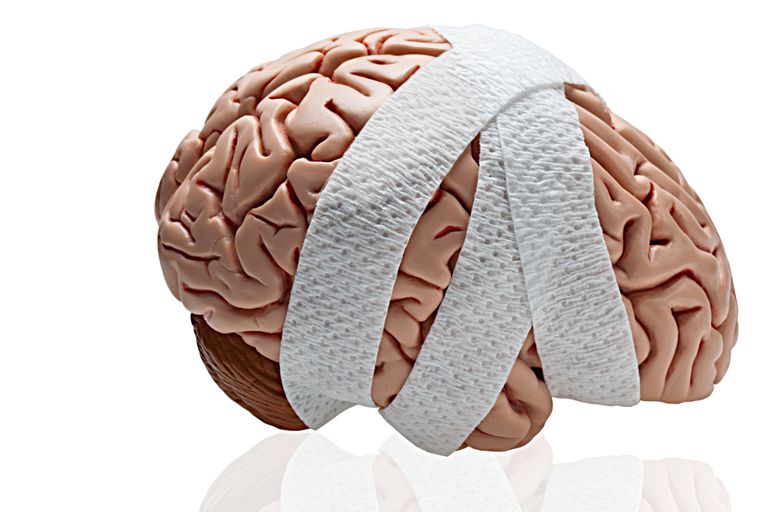Stroke & intracranial bleeding surgery
Stroke is a disease of brain characterized by blockage of a blood vessel supplying areas of the brain leading to infarction.
Infarction of that particular area or rupture of a previously diseased blood vessel leading to brain hemorrhage.
Major reason for stroke is altered lifestyle factors, few risk factors are not modifiable but many are modifiable, which indicates that stroke is a partially preventable disease.
Modifiable risk factors include
- Long standing hypertension i.e. raised blood pressure
- Diabetes
- Cigarette smoking
- Heavy drinking
- Physical inactivity and obesity
- High cholesterol
Non modifiable risk factors
- Age
- Gender
- Hereditary
- Heart diseases
- Previous stroke
Symptoms
Severe headache which may or may not be associated with vomiting
Weakness of one side of body or face
Difficulty in speaking
Difficulty in walking
Difficulty in seeing from one or both the eyes
Altered sensorium
Unconsciousness
In severe cases, Coma.


Diagnosis & Treatment of stroke
Stroke is an emergency situation which should not be taken lightly and the patient should be immediately rushed to the emergency room of the nearest hospital. The doctors in the emergency will then evaluate the patient and after doing proper emergency management would order some necessary investigations which include:
- Physical examination
- Blood tests
- CT scan or MRI of the brain
- Angiography of the brain
- Carotid angiogram
- ECG & Echocardiography
After proper evaluation and determining the type of stroke, the treatment is started which initially is usually medical management, but, if the infarct or brain haemorrhage is very large causing increase pressure in the brain, surgical intervention may become necessary, depending upon the general condition of the patient, to save the life.
